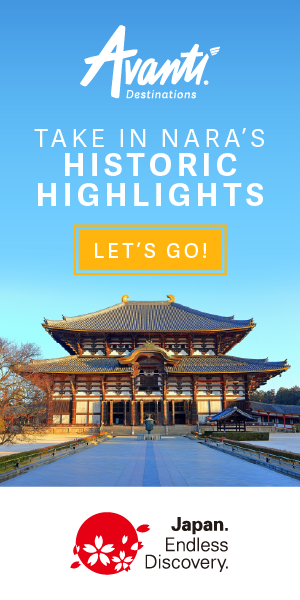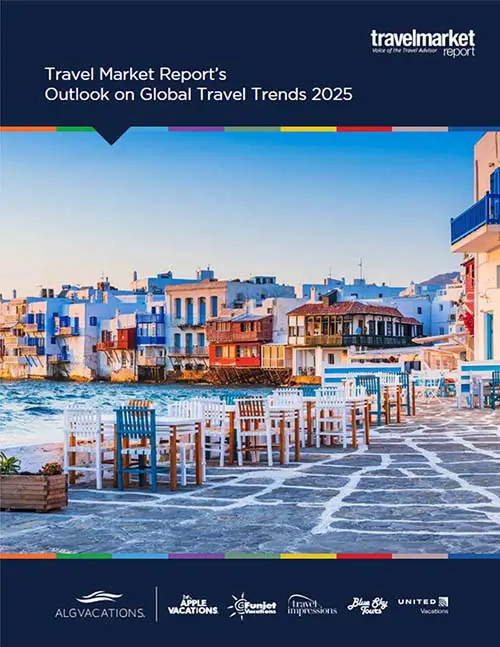Marriott Puts Innovations in Meetings on the Table
by Harvey ChipkinNew forms of meeting spaces and methods for delivering content to attendees are hot topics in the meetings industry these days – and at least one major hotel company is taking action in both areas.
Marriott Hotels & Resorts recently unveiled a Future of Meetings and Work program at its Global General Managers Conference in Los Angeles. The initiative is in partnership with Steelcase, the office furniture and services company; and IDEO, a design firm.
At the conference, Marriott GMs saw demonstrations of a number of meetings innovations, including mobile apps and redesigned spaces, then voted on the changes. Marriott plans to begin testing some innovations soon.
 |
Marriott is responding to “compelling changes” in how and where the real work gets done at meetings, as well as the increased importance of ROI, said Peggy Fang Roe, vice president, global operations services.
Travel Market Report spoke with Fang Roe to learn more.
Can you describe Marriott’s Future of Meetings?
Fang Roe: We started this effort last year and joined with Steelcase and IDEO to dig down into how people work, meet and connect. There are compelling changes in how people work that affects the entire hotel experience.
We are focusing on meetings, an area that has not seen innovation in a long time. Sitting in a conference room theater-style, watching a PowerPoint presentation, is not the way people operate anymore.
The real work is done outside of that – the collaboration and connections that happens in breakout spaces and informal meetings. People are taking in information in different ways.
What kind of innovations did you demonstrate to the GMs?
Fang Roe: They spanned physical spaces and service strategies.
The most popular was something we call Redcoat Direct, a mobile app that allows our traditional redcoat service person to communicate with the planner who is in the meeting room. If the planner punches into the app that they need more coffee, the redcoat will know where they are and can punch back that the coffee is on its way.
Another one is called Workspring, a Steelcase concept that provides a new kind of meeting space designed for the way people operate now. It takes underutilized spaces and employs furnishings, lighting and technology to make them more useful.
How did you come up with the innovations?
Fang Roe: We did a lot of customer research with Steelcase and IDEO. Both of those companies focus on workspace design and understand the trends around how people work. IDEO is focused on meetings and what attendees and planners want in the process of running a meeting.
What happened at the GM conference?
Fang Roe: They saw the prototypes demonstrated and voted on their Kindles whether they wanted that particular innovation in their hotel. And they had to tell us why or why not.
What happens now?
Fang Roe: The most popular innovations will be tested in the market, some right away. We will then ask the hotels how the experience went. If it was positive, we might see brand-wide rollouts very soon. Probably not many will be fully rolled out, because they might only work for certain hotels.
How realistic is all this in terms of meeting budgets and productivity?
Fang Roe: One of the big insights of our research concerned the importance of ROI, which we think is complementary to how work is changing. Even in a meeting of 1,000 people, the real productivity happens in the ancillary areas of informal meetings, and we will be doing a better job of facilitating that.
How much will meetings change? Will there still be people sitting in a room watching a speaker?
Fang Roe: Yes, there will be. They still have that at the TED conferences [high-concept conferences that have emerged from the tech/entertainment industries]. However, it may be you will be following the meeting from the same building on your phone app.
There’s no reason a meeting can’t be simulcast in the same building. The mobile factor will really change how meetings are executed to make them both more local and more global, as well as more social and more collaborative. You could even be in the meeting room watching the speaker on your iPad because it makes it easier.
What does all this mean for planners?
Fang Roe: We’re trying to make their jobs easier, to streamline processes. We want planners to talk to us, to let us know what their needs are. We’re anxious to build better solutions.



















